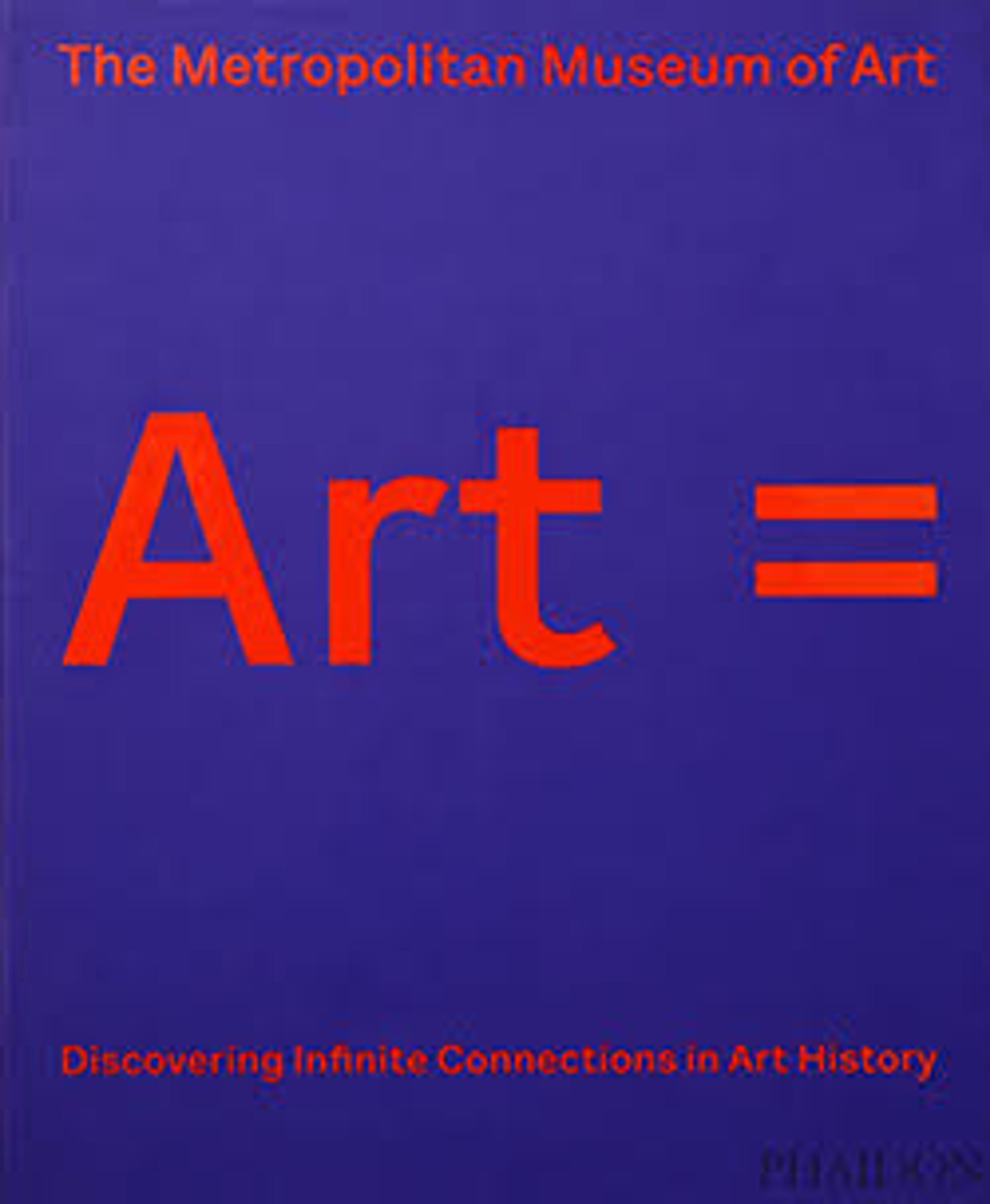Wedjat Eye Amulet
The wedjat eye amulet represents the healed eye of the god Horus, who can be depicted in falcon or human shape, or as a falcon headed man.
The eye features both human and falcon elements. It shows a human eye with a horizontal cosmetic line that extends from its outer corner and combines it with the stylized facial markings of a falcon. The latter are reflected in the vertical extension below the pupil and in the diagonal line that ends in a spiral. The small triangular markings on the amulet’s right side are known from wedjat eye hieroglyphs of the Ptolemaic Period and it is likely that this amulet dates to this period as well.
The ancient Egyptian name "wedjat" means "the one that is sound." In Egyptian mythology Horus’ eye was injured or stolen by the god Seth and then restored by Thoth. The wedjat eye embodies healing power and symbolizes rebirth. An amulet in this shape was thought to protect its wearer and to transfer the power of recovery and regeneration onto him or her. It was very popular and used by the living as well as for the dead.
The eye features both human and falcon elements. It shows a human eye with a horizontal cosmetic line that extends from its outer corner and combines it with the stylized facial markings of a falcon. The latter are reflected in the vertical extension below the pupil and in the diagonal line that ends in a spiral. The small triangular markings on the amulet’s right side are known from wedjat eye hieroglyphs of the Ptolemaic Period and it is likely that this amulet dates to this period as well.
The ancient Egyptian name "wedjat" means "the one that is sound." In Egyptian mythology Horus’ eye was injured or stolen by the god Seth and then restored by Thoth. The wedjat eye embodies healing power and symbolizes rebirth. An amulet in this shape was thought to protect its wearer and to transfer the power of recovery and regeneration onto him or her. It was very popular and used by the living as well as for the dead.
Artwork Details
- Title: Wedjat Eye Amulet
- Period: Ptolemaic Period
- Date: 332–30 B.C.
- Geography: From Egypt
- Medium: Gold
- Dimensions: H. 3.2 cm (1 1/4 in.); w. 3.7 cm (1 7/16 in.); th. 0.4 cm ( 3/16 in.)
- Credit Line: Rogers Fund, 1923
- Object Number: 23.2.68
- Curatorial Department: Egyptian Art
More Artwork
Research Resources
The Met provides unparalleled resources for research and welcomes an international community of students and scholars. The Met's Open Access API is where creators and researchers can connect to the The Met collection. Open Access data and public domain images are available for unrestricted commercial and noncommercial use without permission or fee.
To request images under copyright and other restrictions, please use this Image Request form.
Feedback
We continue to research and examine historical and cultural context for objects in The Met collection. If you have comments or questions about this object record, please contact us using the form below. The Museum looks forward to receiving your comments.
